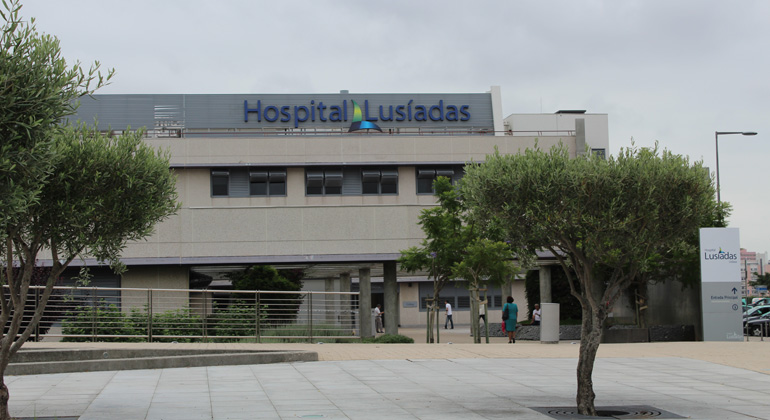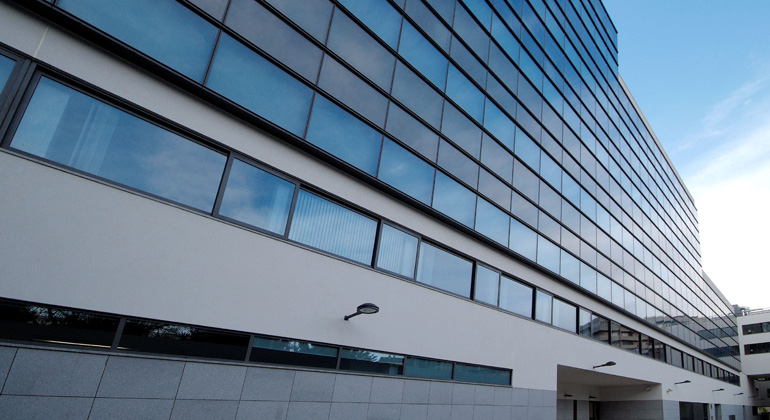Meniscectomy and Treatment of Knee ligaments (conventional or arthroscopic)
Arthroscopic meniscectomy and ligamentoplasty are procedures which can be undertaken in combination, both procedures being associated with parts of the knee - the meniscus and ligaments.
If you would like to learn more information about Orthopedic Surgery in Portugal, contact us through email, by calling +351 220 973 751, +351 211 379 718, +351 911 046 197, or by filling out our form. You can also contact us through our free call service to your right.
Knee arthroscopy is indicated for the treatment of meniscus pathologies, such as joint cartilage lesions, osteochondral lesions, loose bodies within the knee, advanced synovitis, cruciate ligament ruptures and some tibia plateau fractures.
Ligamentoplasty is indicated for the treatment of ligament injuries.
To perform a meniscectomy, the surgeon introduces the arthroscope to properly diagnose the problem, using a video image to guide the probe.
He then commences ligamentoplasty or ligament reconstruction, performed by replacing the damaged ligament with a substitute graft which may be a section of the tendon or hamstrings, either belonging to the patient or alternatively taken from a corpse.
Direct stitching of a broken ligament does not work properly, the purpose of surgery being the placement of the substitute graft at the tension point of the original ligament. The graft may be set using screws, wires or pins.
Ligament rupture often produces meniscus lesions, reconstruction of the ligament being then required.
The doctor will indicate requirements, specific to each patient.
Total or regional
One or two days
After surgery, the patient will experience oedema and knee pain, and should always use walking aids. A month and a half after the surgery, the aids will no longer be needed or can partially be done away with, although walking on firm ground only is still advised.
Usually after two months the edema will have completely disappeared, as well as the pain.
Muscular recovery should be phased and progressive. Initially, exercises that strain the “neo-ligament” must not be undertaken.


